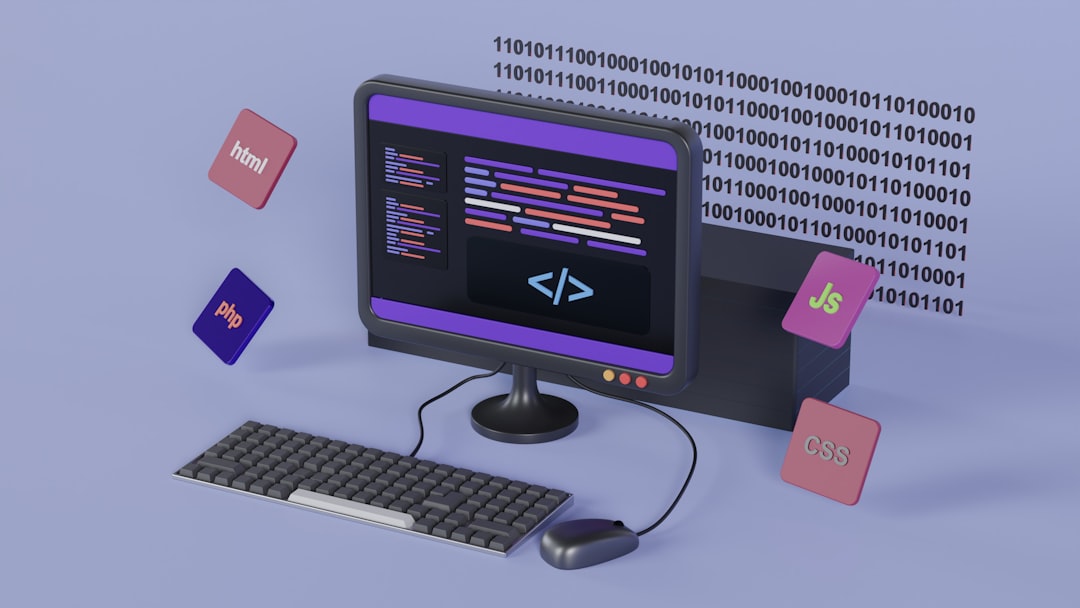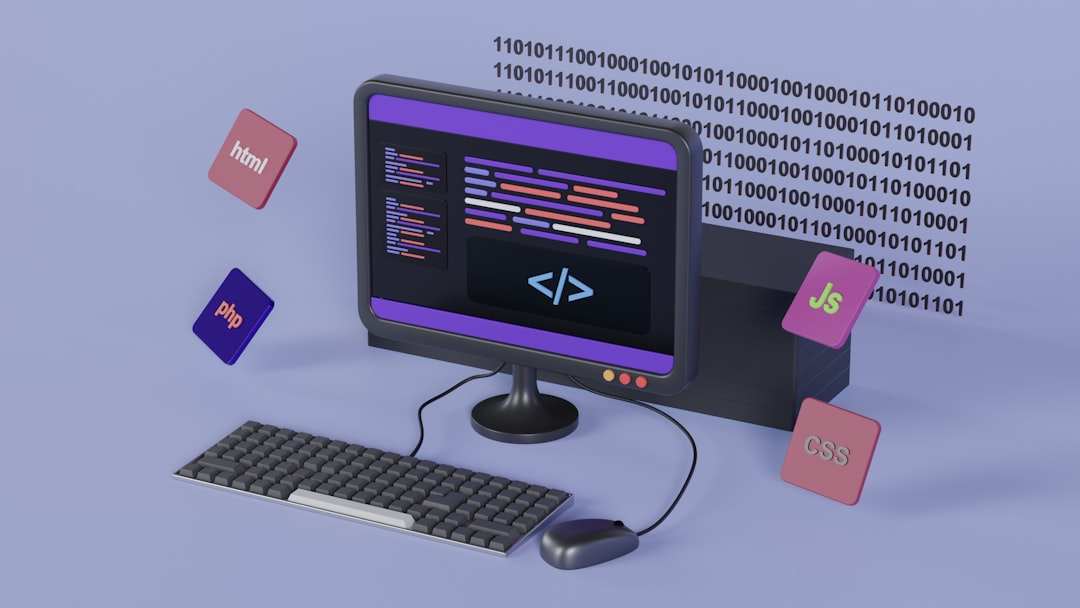The world of software development evolves constantly. With the expansion of complex applications and user interfaces, programmers need smart, scalable ways to organize code. One of the most widely adopted architectural patterns for building clean and maintainable applications is Model-View-Controller, commonly abbreviated as MVC. Whether you’re a budding programmer or an experienced developer diving deeper into architecture, understanding MVC can help streamline your development process and enhance collaboration across your teams.
Contents
What Exactly Is MVC?
MVC is a design pattern primarily used for developing user interfaces. It divides the application logic into three interconnected components — Model, View, and Controller. This separation allows developers to manage complex applications by isolating internal representations of information from how that information is presented to or accepted from the user.
At its core, the purpose of MVC is separation of concerns. This principle keeps each part of the codebase focused on a specific task, making it easier to test, maintain, and update.
The Three Pillars of MVC
Let’s break down each component of the MVC pattern:
1. Model
The Model is the central component of the pattern. It handles all data-related logic that the application requires. Whether you’re retrieving data from a database, performing calculations, or managing the state of an application, it’s all done within the Model.
- Represents the structure of your data
- Notifies the View of any data changes
- Interacts with databases or APIs
Think of the Model as the brain behind your application — it knows everything about the data and how to manipulate it.
2. View
The View is what users interact with. It’s the UI (User Interface) or the presentation layer of the application. Whether you’re building a web-based app, a desktop interface, or a mobile UI, the View is responsible for displaying the interface based on the data it receives from the Model.
- Displays data to the user
- Offers input options for user interaction
- Listens for changes in the Model to stay updated
Essentially, the View is passive — it waits for notifications from the Model and displays changes accordingly.
3. Controller
The Controller acts as a bridge between the Model and the View. It interprets user input captured by the View and decides what to do with it. This could mean updating the Model, retrieving data, or selecting the correct View to display.
- Handles user inputs like clicks and keyboard events
- Updates the Model accordingly
- Chooses the View based on logic or state
In short, the Controller translates actions into responses, ensuring smooth communication between users and back-end processes.
How MVC Works Together
To understand how these pieces come together, consider a scenario: a user logs into a web application. They enter their credentials and click “Login”. Here’s how MVC would handle it:
- The Controller receives the login input.
- It tells the Model to verify the user information against the database.
- The Model performs the check and returns a success or failure response.
- Depending on the result, the Controller selects an appropriate View — either the user’s dashboard or an error message.
- The View displays the content to the user.
This process showcases the clean delegation of responsibilities. Each part does its job — no more, no less.

Why Use MVC?
There are several compelling reasons developers and architects prefer the MVC pattern:
1. Separation of Concerns
Each component has a unique responsibility, which keeps the codebase clean and manageable. Designers can work on the View while developers focus on the Model or Controller, often without conflicts.
2. Reusability
Because each component is independent, you can reuse Models or Views in different parts of your application or even across separate projects.
3. Easier Testing
Testing is more straightforward when logic is separated. You can write unit tests for the Controller, integration tests for the Model, and UI tests for the View — all in isolation.
4. Faster Development
MVC facilitates parallel development. Multiple developers or teams can work simultaneously on different parts of the application.
5. Scalability
As a project grows, MVC offers the flexibility needed to scale it without turning the codebase into spaghetti.
Real-World Applications of MVC
MVC is not confined to theory; it’s been implemented widely across various frameworks and technologies in both the front-end and back-end development ecosystems. Here are a few well-known examples:
- Ruby on Rails: One of the pioneers in MVC back-end architecture, popular among start-ups and enterprise apps alike.
- ASP.NET MVC: Microsoft’s take on the pattern for building dynamic, data-driven websites.
- Django (though more MTV): A Python-based web framework with a similar structure — Model, Template, and View.
- Angular and React (sort of): Although not pure MVC implementations, these front-end frameworks break down concerns in a way that mirrors MVC.

Common Misunderstandings About MVC
Despite its wide usage, developers sometimes misinterpret the MVC pattern. Here are a few frequent misconceptions:
“MVC means there’s no overlap between components.”
While separation is key, at times, there is overlap, especially in real-world projects. A View may need to include logic for rendering dynamic content, and Controllers might perform checks before executing a Model update.
“Methods in Controllers should do all the heavy lifting.”
This is a recipe for bloated Controllers. Instead, logic should be delegated to Models and services. Controllers should act as coordinators, not the heart of the operation.
“Any project with separate files for UI, logic, and data is using MVC.”
Structure alone doesn’t mean true MVC. To qualify, there must be dynamic interaction and response cycles flowing between the Model, View, and Controller components.
When Not to Use MVC
Although MVC is powerful, it isn’t ideal for every situation. Small, simple applications may not benefit from its added complexity. If the data-binding and UI interaction are minimal, implementing MVC can feel like overengineering.
Also, mobile applications or reactive single-page applications (SPAs) might benefit more from patterns like MVVM (Model-View-ViewModel) or Component-based architectures that better align with modern front-end frameworks.
Conclusion
The Model-View-Controller pattern is an architectural gem in the world of software development. Its ability to divide applications into clean, well-organized segments makes it not just scalable and testable but also easier to collaborate on across teams.
Whether you’re working on a simple blog or a complex enterprise system, understanding and leveraging MVC can lead to a more efficient development process and cleaner code in the long term.
By mastering this design pattern, you’re not just adopting a structure — you’re embracing a philosophy of clean, smart, and maintainable programming that can shape the tools and technologies you work with for years to come.




